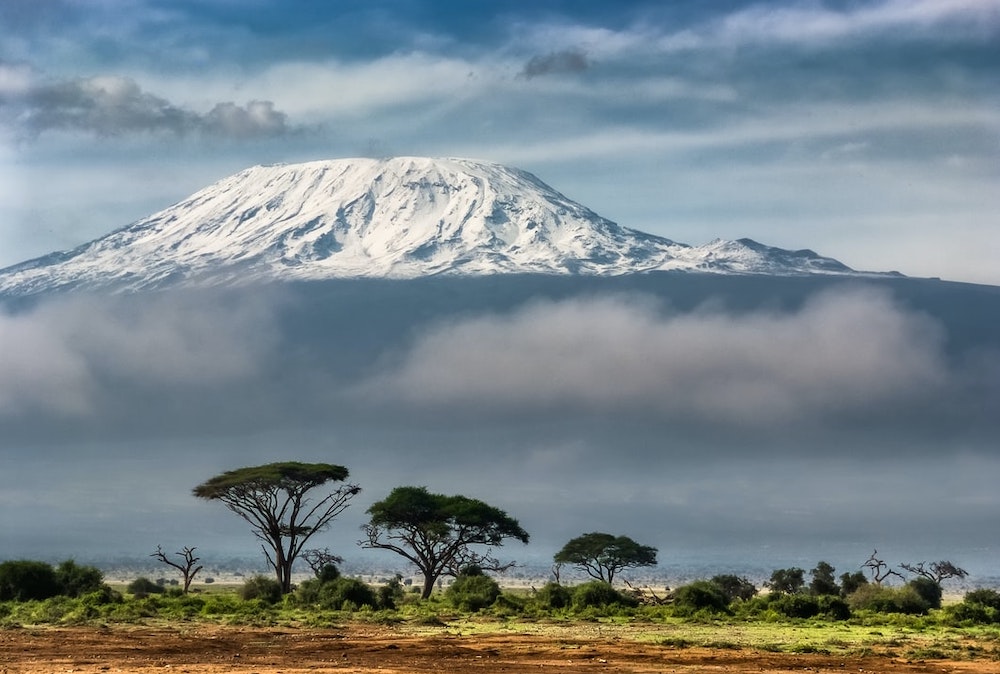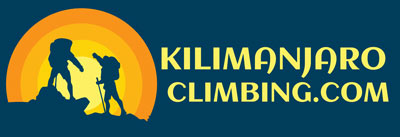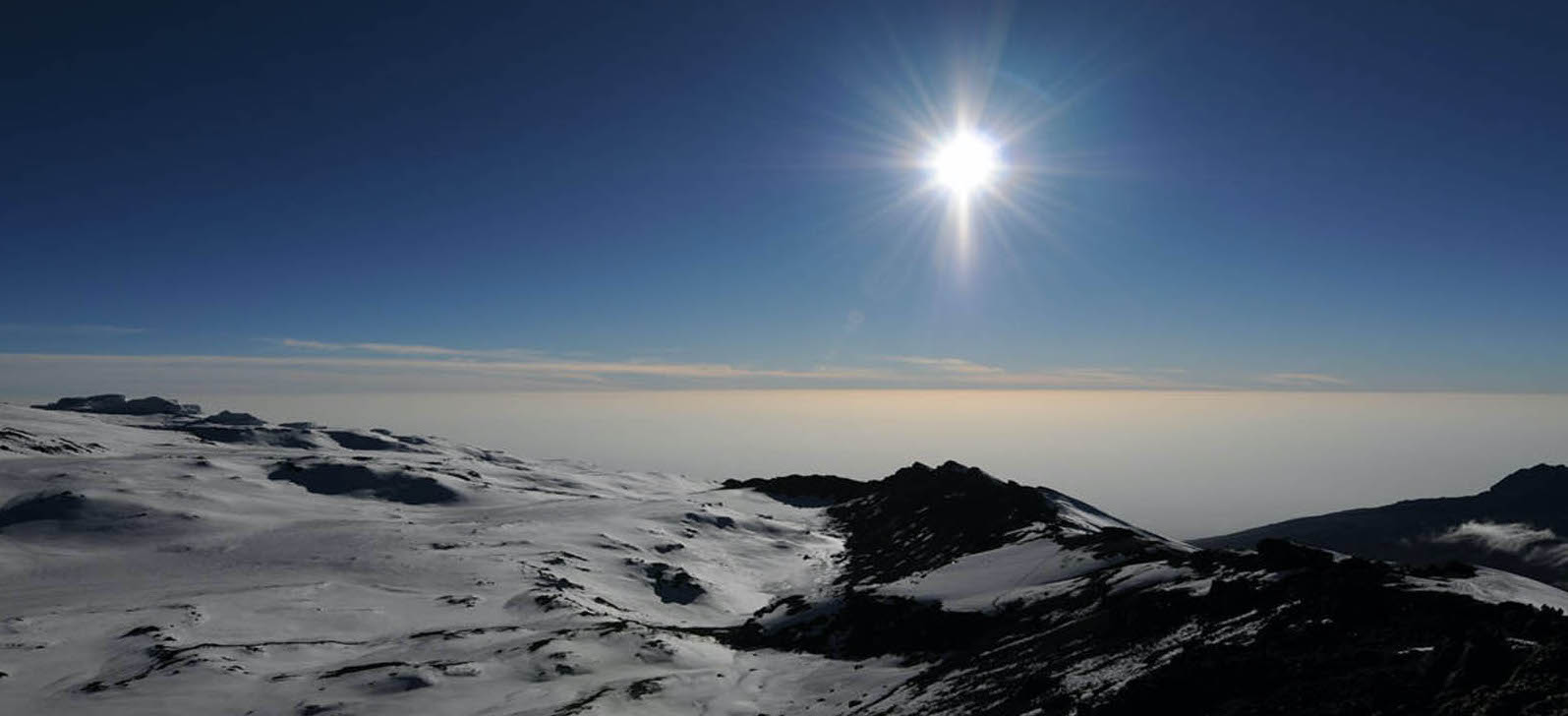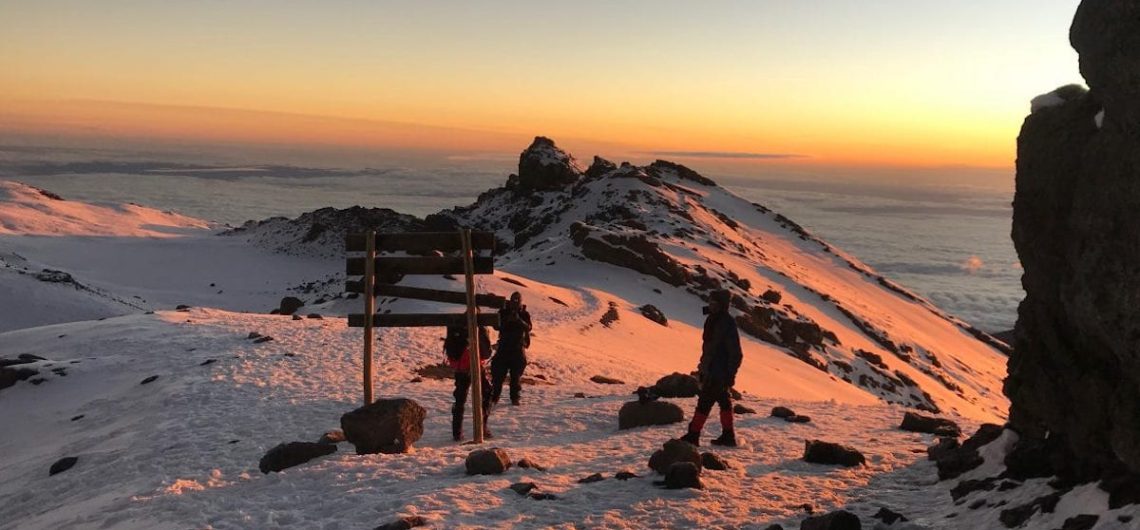Mount Kilimanjaro is an all-year-round destination. The best time to climb is during the dry months of December, January through March, and June through September, because these months have the best weather conditions with clear skies and good hiking routes that are not slippery and flooded. The wet months, that is, March to May, are a bit dangerous, but since the weather is unpredictable, expect a change at any given time.
Mount Kilimanjaro experiences two seasons, the low and high seasons, and both see a series of hikers planning their hikes to the summit of Kilimanjaro. Both seasons have their advantages and disadvantages, and we are going to look at both of them so that you get to choose the best time.
The advantages of the high season on Mount Kilimanjaro include the favorable weather and the fact that you get to explore the rest of Tanzania, especially the National Parks. The disadvantage is that it comes with large crowds, which leads to a hike in the cost of the hike. The low season is of great advantage because of the green season, which brings out the beautiful scenery of the surrounding areas and the low number of people during this period. It becomes stressful to hike when the routes are slippery during the wet season and there is low visibility as well.
Month-by-month overview of the best time to climb Mount Kilimanjaro

Mount Kilimanjaro is never closed and is open throughout the year, although you will need to be well prepared for the climb due to the weather changes that happen in the different months.
January to March: This is the best time for hikers who wish to avoid large crowds during the dry months. The mountain receives occasional rainfall, although it is generally mostly dry, and hikers get to see the summit covered in snow. It can be considered a high season for climbing Kilimanjaro, but with fewer crowds and decent weather.
March to May: March is the start of the rainy season with a clear start, and as the month progresses, the heavy rains set in. The trails become muddy, the heavy rains cause poor visibility, and the clouds that threaten all the time make it hard for hikers to enjoy the hike, although you get to experience some dry months. April and May, on the other hand, have long rains, and we usually don’t recommend anyone climbing during these months. These months are best suited for experienced hikers who don’t mind the weather and would like to avoid the large crowds, and for those willing to hike from March to May, we highly recommend the trek routes on the northern side of the mountain.
June to September: This is the dry season and one of the busiest times to climb Mount Kilimanjaro. This is the time when Europe and the USA have their summer vacations, hence the large crowds, with July and August being the popular months among tourists. There are occasional showers in September, and if you are not bothered by a little bit of rain, October is the month for you. As you plan your hike in these months, note that the trek routes are extremely busy, and this tends to make the hike more expensive as compared to other months. We recommend the Machame and Marangu routes.
October and November: The short and sparse rains start in October till November and usually last a month. The rains are not as heavy as the April to May rains and are mainly experienced in the afternoon hours. It is the best time for hikers to avoid crowds and tourists who are not deterred by a little bit of rain. The Rongai route is best during this season since it receives less rainfall than the Northern Circuit route.
Factors considered when choosing the best time to climb Kilimanjaro
Altitude is one of the factors that need to be taken into consideration when deciding on the best time to climb Kilimanjaro. The four climatic zones that are experienced along the mountain include the following:
The rainforest zone: This is the first zone characterized by rain, warm and humid conditions with temperatures ranging between 12 to 15 degrees Celsius and is between 800m to 3000m. Drizzles and rain are common in this zone, which is experienced at the foot of Mount Kilimanjaro.
The low alpine zone: lying between 3000 and 4200 meters, this is the second climatic zone, a semi-arid area experiencing a temperature between 5 and 10 degrees Celsius. The temperatures are a bit high during the day but drop to freezing point at night.
The high alpine zone: experiencing a temperature of around 6 degrees Celsius, the high alpine zone is desert-like, lying between 4200m and 5000m.
The glacial zone: experienced at the summit, the glacial zone, which is above 5000 meters, experiences a temperature of 6 degrees Celsius at a freezing point of 4970 meters. Not everyone gets to experience the glacial zone, but it is the best and most rewarding, especially when you get to the summit.
Check out our guide on the best way to acclimatize for Mount Kilimanjaro climbing.
The crowds also determine when one can go mountain climbing on Kilimanjaro. There are a lot of crowds during the popular dry months of June to September and January to February, and these are considered to be the best months for a hike up Mount Kilimanjaro. Hikers who wish to avoid the crowds should use the shoulder season, which is from March to May and from October to December.
The full moon climb: climbing Mount Kilimanjaro during the full moon is extremely popular among hikers and nature lovers. The full moon is a good time to hike because your destination is illuminated easily, not to mention the great views around the mountain.
Your choice of the best time to climb Mount Kilimanjaro should depend on all the above-stated factors and personal reasons. Get in touch with us to help you properly plan for your Kilimanjaro climb to ensure that your trek is gratifying, safe, and fun throughout your hike.



Comments